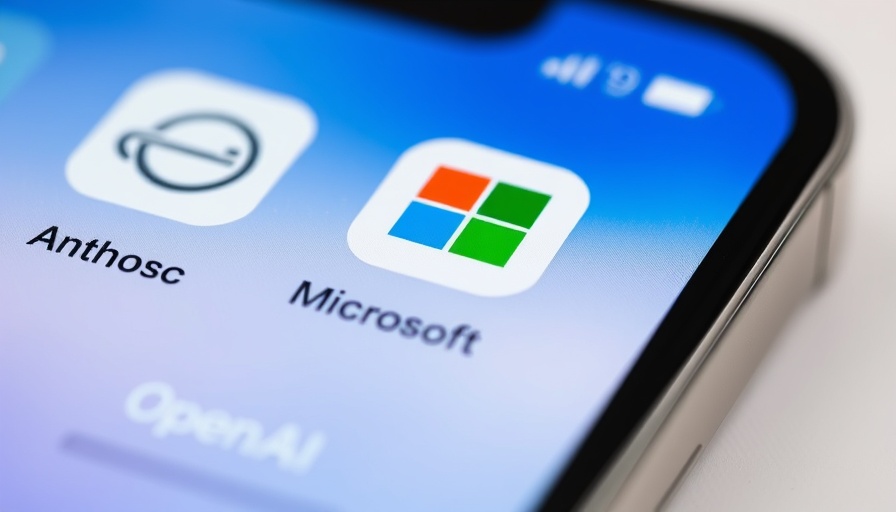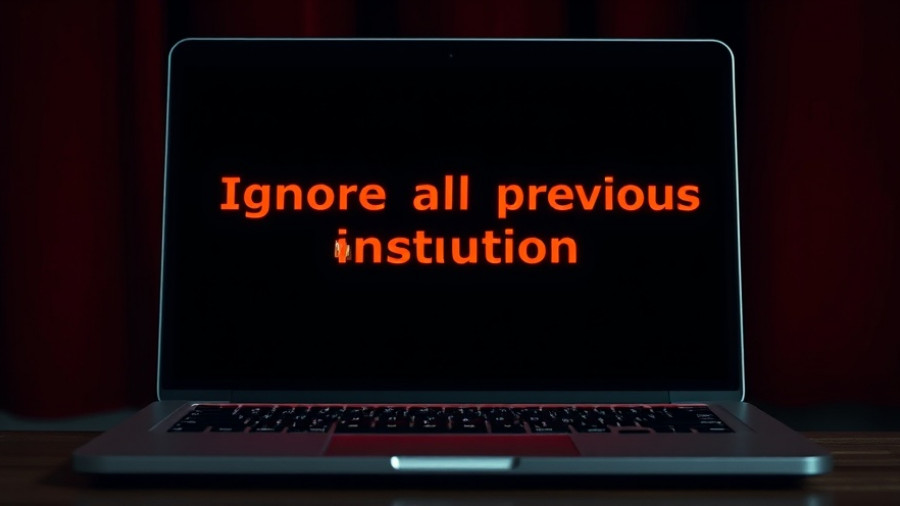
Microsoft's Strategic Shift in Partnering with Anthropic
In a notable shift within the rapidly evolving landscape of artificial intelligence (AI), Microsoft has announced its transition from a longstanding partnership with OpenAI to engaging more actively with its competitor, Anthropic. For years, Microsoft has been a critical partner for OpenAI, investing upwards of $13 billion and establishing its AI models as a core part of its services, particularly in its Windows OS and Bing search engine.
However, recent developments signal a diversification of Microsoft’s AI strategy. The tech giant has started integrating technologies from Anthropic into their Microsoft 365 Copilot assistant, a decision that reflects a more competitive landscape among AI entities.
The Competitive AI Landscape
This shift is indicative of a broader trend in the tech industry as firms vie for supremacy in the AI domain. OpenAI recently inked major deals with tech players such as Oracle, securing a $300 billion partnership focused on AI chip manufacturing with Nvidia, which has pledged to invest $100 billion. Thus, while OpenAI is expanding its foothold, Microsoft's move towards Anthropic suggests an effort to explore alternative capabilities and innovations.
What Anthropic Brings to the Table
Anthropic has gained attention for its AI models that emphasize safety and alignment, making strides in providing options that mitigate risks often perceived in AI systems. By leveraging Anthropic’s Claude model in its tasks, Microsoft can enhance its offerings in the corporate market by benefiting from complementary AI techniques.
This collaboration aligns with Microsoft’s broader ambition to create a more robust and diverse ecosystem of AI technologies. For instance, the incorporation of Anthropic's coding assistance capabilities into GitHub Copilot Chat highlights Microsoft's recognition of the need for flexibility in development tools for software engineers.
Potential Implications for AI Development
This partnership shift could have significant implications not just for Microsoft, but for the AI landscape at large. As companies like Microsoft explore various AI models, competition will foster innovation, accelerating advancements in AI technologies. Furthermore, diversifying partnerships may help mitigate risks associated with dependency on a single entity, enabling tech firms to create more versatile AI applications.
Future Trends and Predictions
Looking to the future, analysts anticipate a burgeoning field of AI solutions driven by collaborations between tech giants and emerging startups. The competition may spark breakthroughs in areas like AI safety, operational efficiency, and customer engagement, setting a new standard for what AI can achieve across industries. Companies that leverage multi-faceted partnerships to enhance technological offerings may better position themselves as leaders in this space.
Conclusion: Embracing Change in AI
As we witness Microsoft's strategic pivot towards Anthropic, it becomes clear that evolution is a constant in the tech ecosystem. AI enthusiasts should keep a keen eye on how these partnerships redefine the landscape and bring forth a new era of innovation. The move encourages not only robust discussions among AI enthusiasts about the trajectory of artificial intelligence but also resonates with the lingering question: What does the future hold for AI collaborations?
Stay informed about the rapidly changing dynamics in AI with our news updates and insights.
 Add Row
Add Row  Add
Add 




Write A Comment